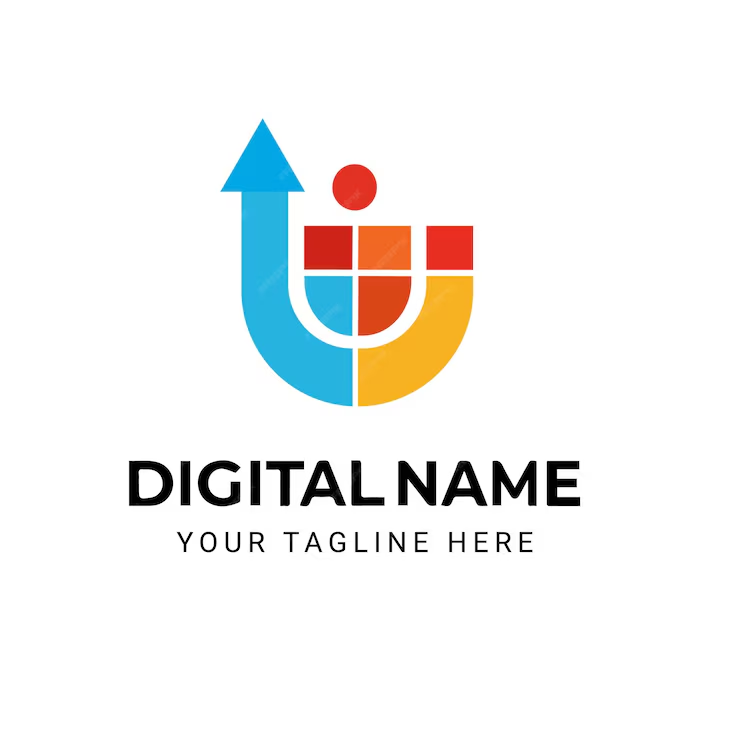Trend-Driven Logo Designs for Digital Success

In the fast-paced digital world, creating a logo that resonates with audiences requires keeping up with the latest design trends. Trend-driven logo designs focus on modern aesthetics, creative minimalism, and technology-forward elements to ensure brand visibility and digital relevance. This guide explores current logo design trends, such as bold minimalism, gradient color schemes, 3D effects, and adaptable design formats that make logos impactful across digital platforms. It will cover how these trends align with user expectations and boost brand engagement, enhancing visibility in a competitive online space. From understanding the principles of trend-driven design to implementing them for brand-specific goals, this guide is a roadmap for achieving digital success through strategic, trend-aware logo designs.
The Importance of Trend-Driven Logos for Digital Brands
- Reflecting Modern Audience Preferences: Logos that align with current trends resonate with modern digital audiences, keeping your brand relevant.
- Standing Out in the Online World: Trend-driven logos help brands stay visible and memorable across various digital platforms, from websites to social media.
Minimalism with a Bold Twist
- Creating Impact with Simplicity: Bold minimalism is about using fewer elements to create a strong impact. Simple shapes, lines, and minimal color usage make logos modern and effective.
- High Versatility: Minimalist designs translate well across various platforms, ensuring clear visibility on mobile devices, desktops, and more.
Gradient Colors for Depth and Modernity
- Adding Visual Interest: Gradient colors add a unique, dynamic feel to logos, making them appear more engaging and modern.
- Color Psychology in Gradients: Use gradients thoughtfully to evoke emotions, such as warmth, energy, or calm, depending on your brand’s goals.
3D and Multi-Layered Effects for Depth
- Creating a Contemporary Feel: 3D effects give logos a depth that can make them stand out on digital screens, adding a tactile, real-world feel.
- Interactive Logo Design: 3D logos add a sense of movement and engagement, appealing to tech-savvy and modern audiences.
Responsive and Adaptive Logo Design
- Logos That Change with Screen Size: A responsive logo design adapts in size and layout based on the digital device it’s viewed on, enhancing user experience.
- Consistent Branding Across Platforms: Responsive logos ensure consistent brand identity from mobile apps to desktop sites and social media.
Line Art and Geometric Patterns
- Embracing Simplicity with Elegance: Line art offers a refined look, often appealing to luxury or high-tech brands aiming for a sleek, modern feel.
- Geometric Patterns for Structure and Order: Incorporating geometric patterns in logos communicates a sense of reliability, structure, and professionalism.
Using Negative Space Creatively
- Building Hidden Meanings: Negative space can be used to form hidden images or symbols in the logo, making it intriguing and memorable.
- Adding Depth with Simplicity: This trend maintains a clean aesthetic while adding layers of meaning to a logo.
Abstract and Symbolic Designs
- Connecting Emotionally: Abstract designs often create a stronger emotional response, appealing to audiences looking for innovative, non-traditional brands.
- Customizing Symbols: Unique, abstract symbols allow brands to stand out, making them ideal for companies in creative or tech-focused industries.
Color Blocking for Dynamic Presence
- Bold, Eye-Catching Colors: Color blocking uses contrasting colors to make logos stand out, enhancing brand recognition in digital settings.
- Creating Contrast for Focus: This technique helps key elements of the logo catch the viewer’s eye, making the brand’s name or symbol more memorable.
Personalized Typography
- Brand-Specific Font Choices: Custom typography makes a logo distinct, reinforcing brand identity and helping it stay memorable.
- Readable and Versatile: Typography trends are moving toward bold, clear fonts that remain readable across digital devices and screen sizes.














